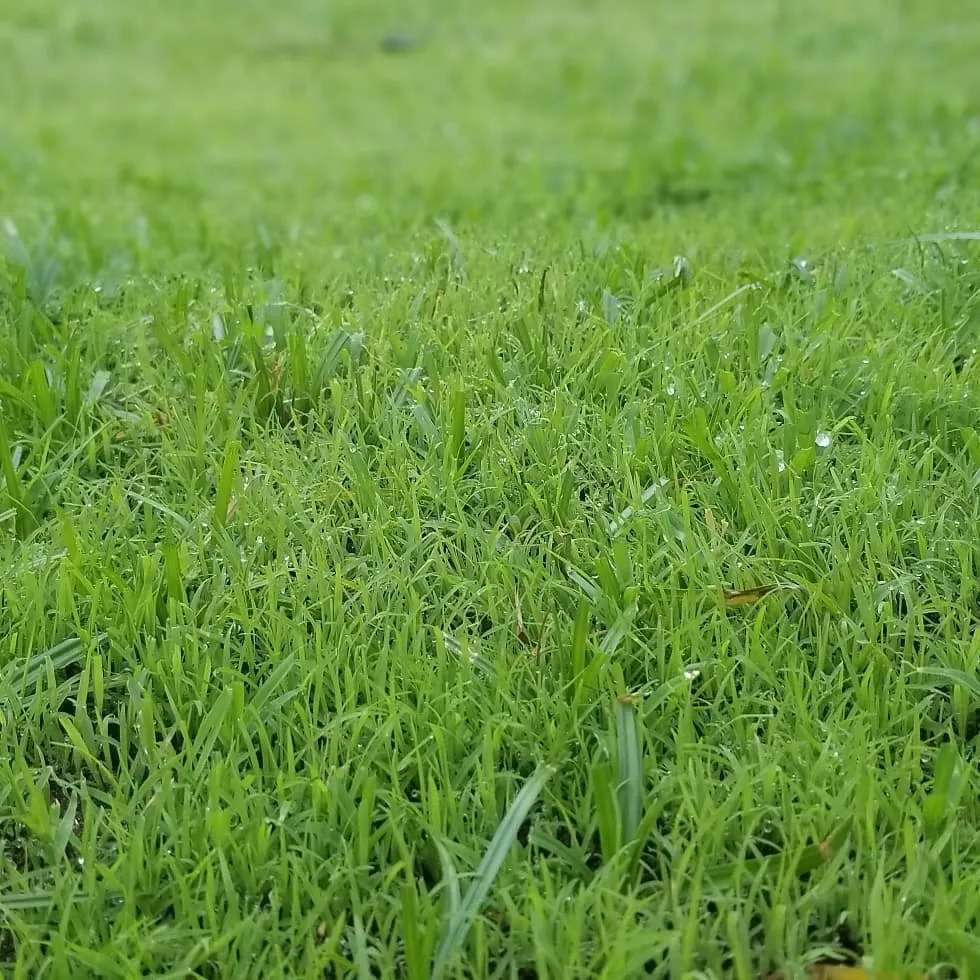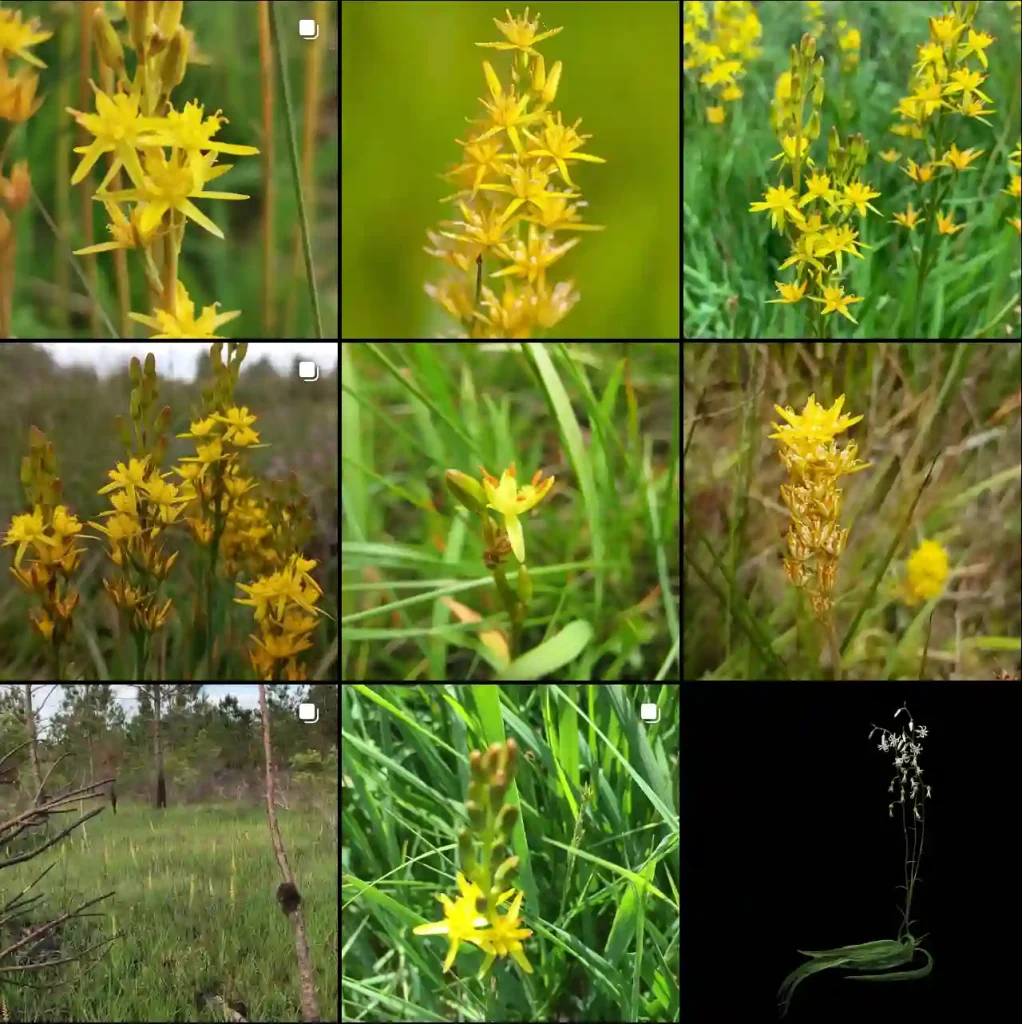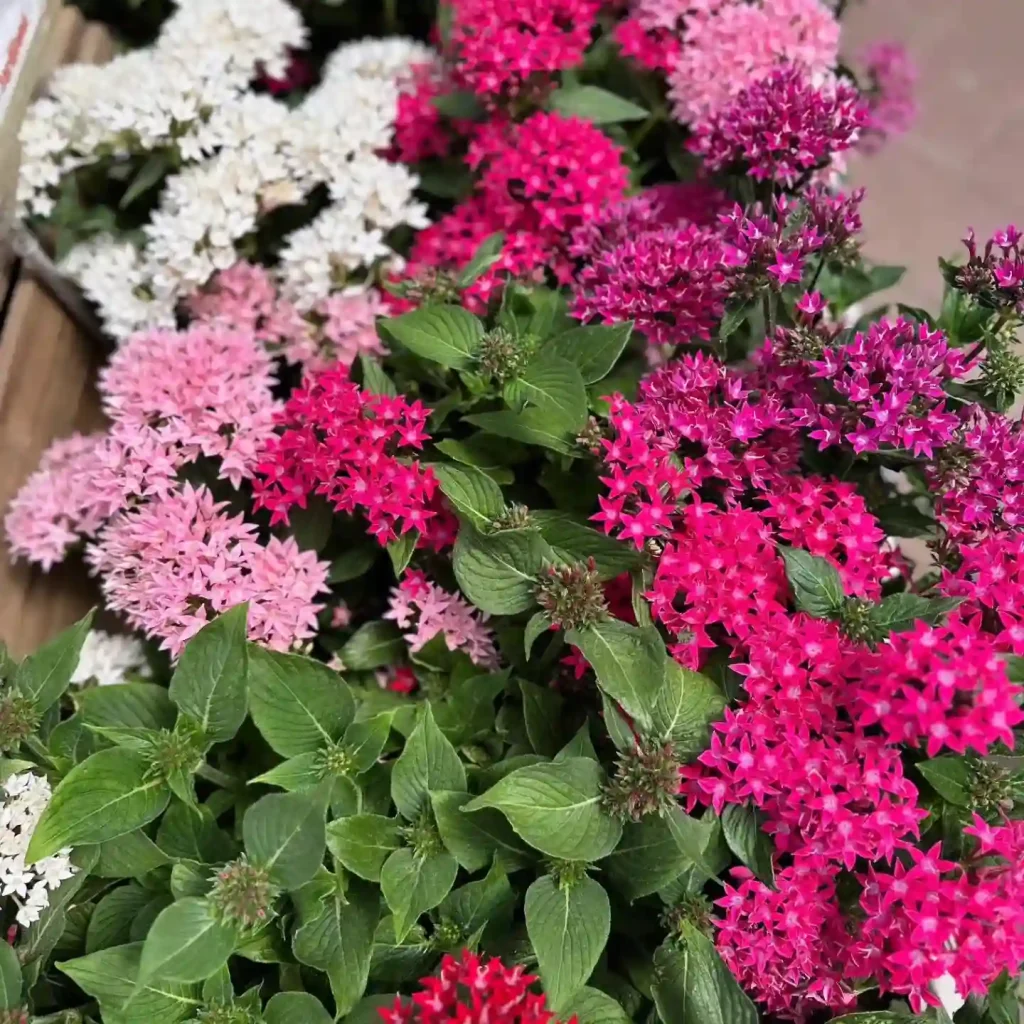Orbea: My Fascination with the Starfish Flowers
The world of succulents is vast and captivating, filled with bizarre shapes and otherworldly beauty. But among the many genera that have captured my attention, Orbea holds a special place. These strange and wonderful plants, with their starfish-like flowers and intriguing aromas, have become a source of endless fascination for me, Ferb Vu.
A Unique Beauty
Orbea belong to the Apocynaceae family, a group known for its diverse array of flowering plants. Native to Africa, particularly South Africa, these stem succulents have adapted to arid environments, storing water in their thick, fleshy stems. But it’s their flowers that truly set them apart. Ranging in size from a few centimeters to over 10 centimeters in diameter, Orbea flowers are typically five-lobed and resemble starfish. Their colors are equally varied, with shades of yellow, brown, purple, and red often adorned with intricate patterns and textures.
What truly makes these flowers unique, however, is their scent. While some species boast a pleasant, honey-like aroma, others emit a pungent odor reminiscent of carrion. This unusual characteristic serves a crucial purpose: attracting flies and other insects that act as pollinators. The flies, drawn to the scent of decaying flesh, unwittingly carry pollen from one flower to another, ensuring the plant’s reproduction.
A Diverse Genus
The genus Orbea encompasses a wide variety of species, each with its own unique features and charm. Here are:
- Orbea variegata: Perhaps the most well-known species, Orbea variegata showcases yellow flowers with striking maroon markings. Its distinctive appearance has earned it the common name “starfish flower.”
- Orbea decaisneana: This species is characterized by its large, dark purple flowers that emit a strong, unpleasant odor. Despite its pungent aroma, Orbea decaisneana remains a popular choice among collectors due to its impressive blooms.
- Orbea lutea: As its name suggests, Orbea lutea produces vibrant yellow flowers with a sweet, honey-like fragrance. This species is a favorite among those seeking a more pleasantly scented Orbea.
- Orbea ciliata: This unique species features flowers covered in long, hair-like cilia, giving them a fuzzy appearance. The cilia, along with the flower’s dark purple color, contribute to its intriguing beauty.
- Orbea semota: This species stands out with its unusually shaped flowers, which feature elongated lobes and a deep, cup-like center. The flowers are typically yellow or brown with intricate patterns.
- Orbea abayensis (M.G.Gilbert) Bruyns
- Orbea albocastanea (Marloth) Bruyns
- Orbea araysiana (Lavranos & Bilaidi) Bruyns
- Orbea baldratii (A.C.White & B.Sloane) Bruyns
- Orbea carnosa (Stent) Bruyns
- Orbea caudata (N.E.Br.) Bruyns
- Orbea chrysostephana (Deflers) Bruyns
- Orbea circes (M.G.Gilbert) Bruyns
- Orbea conjuncta (A.C.White & B.Sloane) Bruyns
- Orbea cooperi (N.E.Br.) L.C.Leach
- Orbea cucullata (Plowes) Meve
- Orbea deflersiana (Lavranos) Bruyns
- Orbea denboefii (Lavranos) Bruyns
- Orbea distincta (E.A.Bruce) Bruyns
- Orbea dummeri (N.E.Br.) Bruyns
- Orbea fenestrata (Plowes) Meve
- Orbea gemugofana (M.G.Gilbert) Bruyns
- Orbea gerstneri (Letty) Bruyns
- Orbea gilbertii (Plowes) Bruyns
- Orbea halipedicola L.C.Leach
- Orbea hardyi (R.A.Dyer) Bruyns
- Orbea huernioides (P.R.O.Bally) Bruyns
- Orbea huillensis (Hiern) Bruyns
- Orbea knobelii (E.Phillips) Bruyns
- Orbea kulalensis (Plowes) J.M.H.Shaw & Idrees
- Orbea laikipiensis (M.G.Gilbert) Bruyns
- Orbea laticorona (M.G.Gilbert) Bruyns
- Orbea longidens (N.E.Br.) L.C.Leach
- Orbea lugardii (N.E.Br.) Bruyns
- Orbea luntii (N.E.Br.) Bruyns
- Orbea maculata (N.E.Br.) L.C.Leach
- Orbea mcloughlinii (I.Verd.) L.C.Leach
- Orbea melanantha (Schltr.) Bruyns
- Orbea miscella (N.E.Br.) Meve
- Orbea namaquensis (N.E.Br.) L.C.Leach
- Orbea nardii Raffaelli, Mosti & Tardelli
- Orbea paradoxa (I.Verd.) L.C.Leach
- Orbea parviloba (Bruyns) Meve
- Orbea pulchella (Masson) L.C.Leach
- Orbea rogersii (L.Bolus) Bruyns
- Orbea sacculata (N.E.Br.) Bruyns
- Orbea schweinfurthii (A.Berger) Bruyns
- Orbea semitubiflora (L.E.Newton) Bruyns
- Orbea sprengeri (E.Dammann & Sprenger) Bruyns
- Orbea subterranea (E.A.Bruce & P.R.O.Bally) Bruyns
- Orbea taitica Bruyns
- Orbea tapscottii (I.Verd.) L.C.Leach
- Orbea tubiformis (E.A.Bruce & P.R.O.Bally) Bruyns
- Orbea umbracula (M.D.Hend.) L.C.Leach
- Orbea valida (N.E.Br.) Bruyns
- Orbea verrucosa (Masson) L.C.Leach
- Orbea vibratilis (E.A.Bruce & P.R.O.Bally) Bruyns
- Orbea wilsonii (P.R.O.Bally) Bruyns
- Orbea wissmannii (O.Schwartz) Bruyns
- Orbea woodii (N.E.Br.) L.C.Leach
My Personal Connection
My interest in Orbea stems from a deep appreciation for their unique beauty and resilience. Their ability to thrive in harsh conditions, coupled with their extraordinary flowers, speaks to their remarkable adaptability and evolutionary success. I find myself drawn to their strange allure, captivated by their intricate patterns and unusual scents.
Cultivating Orbea has become a rewarding hobby for me. I enjoy the challenge of providing the right conditions for these fascinating plants to flourish. The anticipation of witnessing their unique blooms is always a highlight, even with the occasional pungent surprise.
Orbea, with their captivating flowers and intriguing aromas, have earned a special place in my heart. They serve as a constant reminder of the incredible diversity and resilience of the natural world, a world that continues to inspire and amaze me.
If i die, water my plants!



